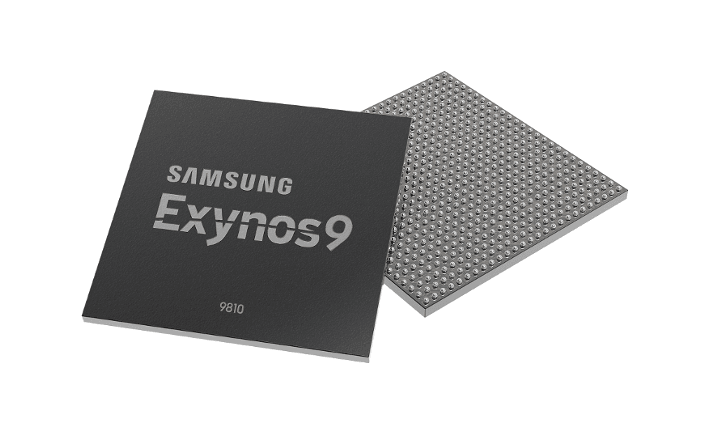According to industry experts, the global chip shortage that has hit the automotive sector so hard could spread into 2022 and affect smartphone manufacturing next. The underlying effect could be a lower supply for a wider variety of appliances and industrial equipment.
Q2 2021 hedge fund letters, conferences and more
Smartphone Chips to Be Scarce
Iris Pang, ING Greater China chief economist, told Reuters that the car manufacturing industry could see an improvement in chips’ supply, “with China taking up some production demand that Taiwan could not meet.”
Semiconductor companies in Taiwan have increased their production quota in their neighbor China. The cause has been the lack of consistency of factories’ output and port logistics, amid the COVID-19 restrictions.
Pang told Reuters that smartphone manufacturers are next in line to feel the lack of semiconductors. “China gained 5% on the chip shortage in terms of GDP - Taiwan semiconductor companies have planned well and built large factories in mainland China.”
Shipments for new smartphone models could be affected, as “Taiwanese semiconductor companies are tailoring making chips for autos, so the chip shortage should be solved for autos in a few weeks, but other electronics' chip shortage problem persists.”
The bottleneck in the supply chain could last until next year’s second quarter, according to Adam Khan, founder of AKHAN Semiconductor.
Car Industry, Picking Up
Some of the biggest semiconductor manufacturers in the industry are already on the move to respond to the comeback. ASML Holding NV (NASDAQ:ASML) raised its sales expectations based on the surging chip orders, while Taiwan Semiconductor Mfg Co Ltd (NYSE:TSM) and Intel Corporation (NASDAQ:INTC) also started increasing their production output.
“Higher demand for chips, fueled by one-off purchases to meet work-from-home needs and continuous demand for smartphones and other electronics, is expected to spur investment and growth in the sector.”
Andrew Feldman, CEO of chip startup Cerebras Systems, coincides with Khan by asserting that vendors are working on 32-week lead times for new chips and components.
Iris Pang says that even cryptocurrency miners are being forced to reutilize chips, signaling how the supply crunch for new material is far from gone as of yet.
According to Dan Hutcheson, CEO of chips-focused VLSI Research, the semiconductor industry could grow between 21% to 25% in 2021, with “electronics having its best showing since 2010,” as he told Reuters.






